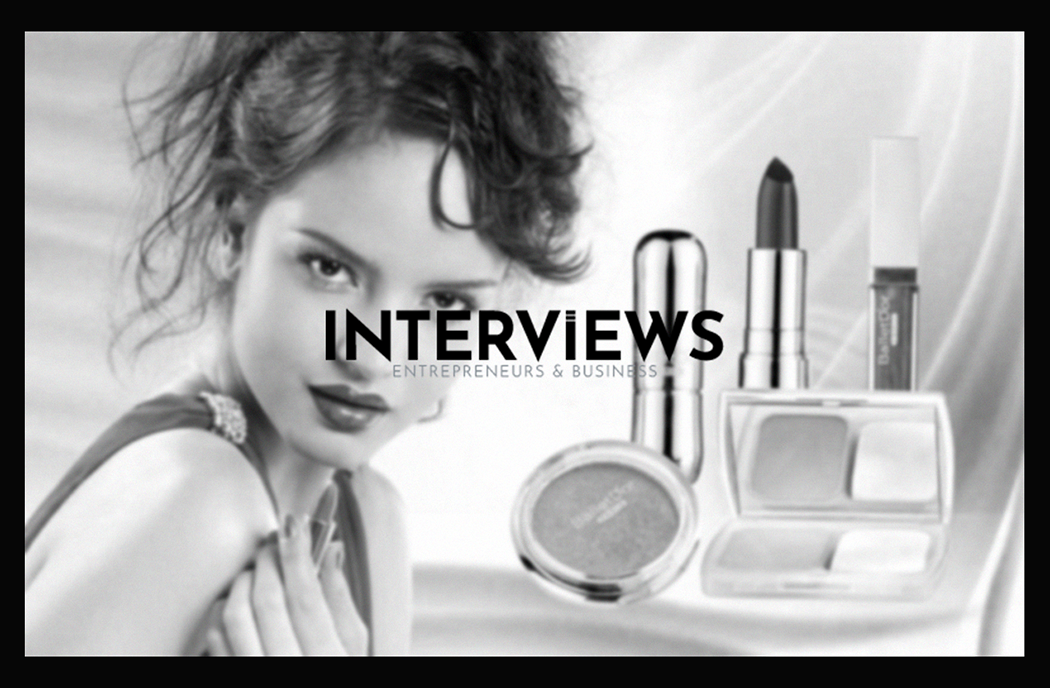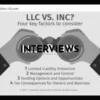So, You Want to Conquer the Beauty Biz? Let’s Talk Brass Tacks.
Thinking about jumping into beauty and cosmetics? Hold on! Before you envision eyeshadow palettes and mansions, let’s discuss what it means to launch a beauty brand. It’s not just glitter and gloss. But don’t worry; we break it down step-by-step with a touch of humor.
First Things First: Coughing Up the Cash (aka, Initial Investment)
Let’s discuss finances. Launching a beauty brand isn’t cheap. Expect costs between $2,000 to over $1 million. Yes, you read that right. The scale and ambition will determine your budget.
What consumes your funds? Let’s break it down:
- Market Research: Know your audience. It’s essential. Budget $500 to $15,000 to learn who wants your products.
- Product Development: Formulating lipsticks or lotions requires cash. Set aside $2,000 to over $20,000+. Safety and compliance matter!
- The Nitty-Gritty Setup: Business plans, legal fees, and paperwork? Around $50 to $10,000. Legal issues might seem dull but save you headaches later.
If a physical beauty store is in your plans, prepare for hefty costs:
- Equipping your Empire: Furniture and design? At least $60,000. Ouch!
- Inventory Avalanche: Need products to sell? Budget $20,000 to $40,000.
- Displaying your Delights: Shelves and displays? Consider $5,000 to $15,000 for aesthetics.
- Making the Sale: Point-of-Sale (POS) System? Budget $1,000 to $3,000.
- Keeping it Secure: Security systems for your products? Expect costs around $2,000 to $5,000.
Interested in branding yourself as a beauty guru or consultant? Personal branding can cost between $2,000 to $50,000. Looking good has its price!
Digging Deep: Market Research and Niche Nirvana
Not scared by the money talk? Great! Next up: market research. Don’t assume everyone will love what you think is fabulous. Find your niche and tribe eager to buy your brand of beauty.
Steps to follow:
- Know Your Customer: Who are you selling to? Teenagers? Eco-friendly millennials? Mature women? Understand their wants and needs.
- Spy on the Competition: Survey others in the beauty market. What are they doing well? Where do they fail? Stay informed about trends.
- Find Your Unique Angle (Your Niche!): What sets your brand apart? Vegan nail polish? Organic skincare? Define what makes your offering unique.
Choosing your niche is a foundational step. Nail it early on. Wix has a guide that emphasizes research and niche definition at the start.
Blueprint for Beauty Domination: Business Planning
You’ve defined your niche and prepared for expenses. Now let’s get strategic with a business plan. Skipping this step is like baking without a recipe – messy!
Your business plan is your guiding document. It should outline:
- Goals and Strategies: Where do you see your brand going? World domination? An online boutique?
- Financial Projections: Estimate your revenue, expenses, and profits. Know your numbers!
- Legal Structure Shenanigans: Choose wisely between sole proprietorship, partnership, or LLC. ZenBusiness can help explain the benefits of an LLC.
- Funding Fiesta: How do you plan to fund your venture? Savings? Loans?
An LLC is not mandatory, but it’s wise for your beauty biz. It shields your finances in entrepreneurship’s unpredictable world.
Crafting Your Cosmetics: Product Development
Now comes the fun part: product creation! This is where your vision takes shape. Will you be a chemist or a savvy curator?
- Formulate or Partner: Will you create formulas yourself or partner with a manufacturer?
- Test, Test, Test: Ensure safety and compliance. No exploding products allowed!
- Packaging and Branding Brilliance: Your brand identity must capture attention. Logo and colors will entice customers.
Making it Real: Manufacturing and Sourcing
You have formulas ready. Next step is manufacturing!
- Choose Your Manufacturing Path:
- In-house Production: Make products in-house for control but it requires time.
- Contract Manufacturer: Outsource production for efficiency but less control.
- White-Label/Private Label Manufacturing: Use generic products with your branding. Fast but less unique.
Your choice matters!
- Source Smart: Find reliable suppliers for materials. Quality matters!
Shout it from the Rooftops: Branding and Marketing
You have products ready and a brand identity set. Now, grab attention. Let’s talk branding and marketing!
- Craft Your Marketing Masterplan: How will you reach customers? Social media? Influencers?
- Online Empire Building: A website and social media are essential. Engage customers!
- Partnerships and Power Plays: Collaborate with influencers or local businesses for wider reach.
Your brand’s essence sets you apart from other beauty brands. Clarity defines who you are. Consistency ensures customers remember you.
Cha-Ching! Sales and Distribution Strategies
- Retail Route Revelation:
- Online Only: E-commerce offers wider reach but needs precise marketing.
- Brick-and-Mortar Bonanza: A physical store provides interactions but has higher costs.
- Hybrid Harmony: Combine online and offline approaches for robust sales.
- E-commerce Excellence: If online sales are your focus, ensure your website is user-friendly and secure.
- Want to get on shelves? Build relationships with retailers. Networking, pitching, negotiating. This is the wholesale hustle.
Playing by the Rules: Legal and Regulatory Jungle
Get ready. This isn’t glamorous but it is crucial: legal and regulatory compliance. Nobody wants trouble with authorities.
Important points to know:
- Regulations Exist: Learn the laws about cosmetics. The FDA regulates cosmetics through the Federal Food, Drug, and Cosmetic (FD&C) Act. They handle rules about ingredients, labeling, and manufacturing.
- MoCRA is Key: The Modernization of Cosmetics Regulation Act of 2022 (MoCRA) increased the FDA’s power. Stricter rules are here.
- No “License” Required (for firms): Great news! FDA does not license cosmetic *firms*. What a relief!
- But…No Impure or Misleading Products: Products must not be “adulterated” (impurities) or “misbranded” (misleading labels). Keep it clean. Be truthful.
- Labels Matter: Ingredient lists and accurate claims are required. Do not say your moisturizer cures wrinkles. The FDA may send you a letter. False claims are not allowed.
- GMPs Recommended: The FDA does not mandate Good Manufacturing Practices (GMP) but following them ensures safety and professionalism.
- No Pre-Approval (Mostly): The FDA does not pre-approve most cosmetics or ingredients; exceptions exist for color additives (some coal-tar hair dyes also need pre-approval).
- Register Your Facility (Thanks, MoCRA): If your facility makes cosmetics for the U.S., register with the FDA. You also must list products with them. MoCRA again!
- Recall Authority: The FDA can mandate a recall if a product is dangerous and the company won’t do it voluntarily. Ouch.
- Adverse Event Reporting (AER): The FDA wants to know if anything goes wrong. They have a system to catch potential public health issues.
- Licenses and Permits Required: You need a general business license. Depending on location and products, you may also need reseller’s permits, sales tax permits, and a cosmetic manufacturing license. Check local authorities!
Know these key laws:
- Federal Food, Drug, and Cosmetic (FD&C) Act: The main law governing cosmetics.
- Fair Packaging and Labeling Act (FPLA): This ensures all labels are truthful.
- Modernization of Cosmetics Regulation Act of 2022 (MoCRA): A major change that strengthened the FDA’s powers.
Beauty on a Budget: Starting with Limited Funds
Broke but still stylish? Want to start a beauty line with little money? It is hard but doable. Here’s a frugal approach:
- Research Deeply: Use thorough research—deep dive into industry, trends, and cost-effective strategies.
- Niche Down: A specific niche means less competition, better marketing, and possibly lower startup costs.
- Sourcing Products Smartly: Look into white-label products, dropshipping, or affiliate marketing to reduce inventory costs.
- Image is Everything: Build a strong brand image on a budget. Use free social media, create DIY branding, and utilize your personal network.
- Audience First: Grow your audience *before* launch. Use social media and content marketing. Engage early.
- Start Selling Smart: Use a minimal viable product (MVP) approach. Gather feedback and grow as you generate income.
Bonus Round: Key Considerations for Beauty Bosses
Here are a few extra tips for your journey into the beauty business:
- Private Label Profits: Private label skincare can yield higher profit margins (50-70%). Costs lower production and allows targeted marketing. Success relies on good decisions in production and niche focus.
- Your Brand Matters: Branding defines visibility. Clarity and consistency are essential.
- Market Research is Ongoing: The beauty industry changes constantly. Keep researching and adapting.
Starting a beauty business is not a sprint. It is a marathon. Expect hard work, hustle, and lots of passion. With good planning, cleverness, and determination, you can build a beauty empire. Now go out and conquer, you amazing creator!





